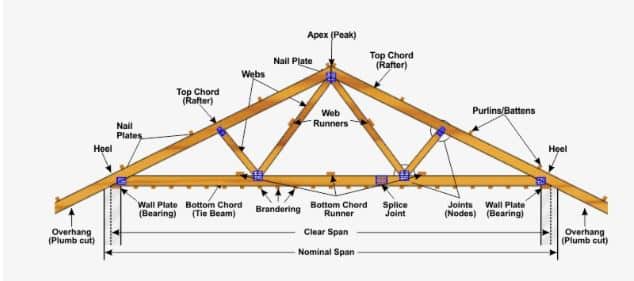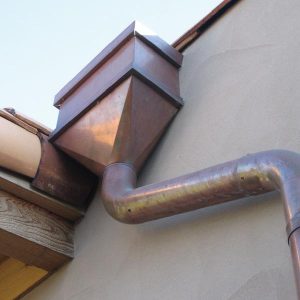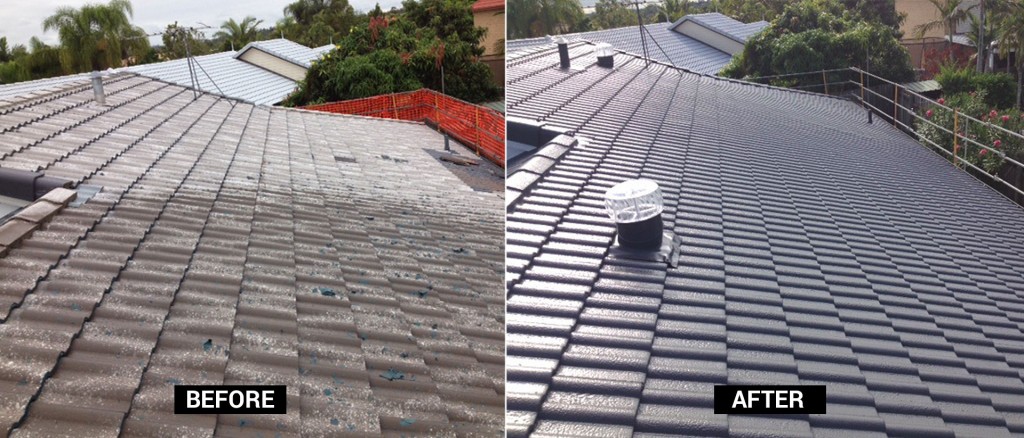Are you anticipating a roof repair or replacement soon? As a homeowner, chances are high that you are.
Ensuring the integrity of your roof is crucial for preserving and enhancing your property’s overall value. Familiarizing yourself with essential roofing terms is vital for addressing issues like roof leaks, replacements, and general maintenance effectively.
Whether you opt for a metal or tile roof, investing some time in understanding roofing terminology can prove invaluable, especially when discussing quotations with roofing contractors. When renovating your home with the aim to sell, having a grasp of roofing terminology can prevent overspending on unnecessary repairs.
Discover the essential terms necessary for navigating roof repairs and replacements efficiently, ultimately safeguarding your property’s value.”
This version incorporates more specific keywords related to roofing and emphasizes the importance of understanding roofing terminology for homeowners.
APEX – An important piece of roof terminology is the apex. The apex is the points where the two slopes of the roof meet at the ridge. The tallest point of the roof.

APRON FLASHING – A one-piece flashing, such as is used at the lower side of a chimney that penetrates a sloping roof.
BARGE BOARD – The board covering the roof timbers on the gable or skillion end of a roof, fixed parallel to the roof slope.
BATTEN – A batten is a piece of timber or metal channel installed horizontally on top of the rafters to allow sheet metal to be laid and fastened.
BMT – Base Metal Thickness is a term to describe the thickness of the metal used, not including coatings or paint.
BAY WINDOW – A window of varying shapes, projecting outward from the wall of a building, forming a recess in a room.
BOX GUTTER – An internal concealed roof gutter between the slopes of a roof or a roof and a wall that discharges water internally through a sump.
CANOPY – Any overhanging or projecting roof structure, typically over entrances or doors.
CAPPING – A covering fixed to the top of a parapet wall or the edge of roofing forming a waterproof seal.
CEILING JOISTS – These are the horizontal members that provide a structure to fix the ceiling and support and fix the diagonal rafters that define the roof shape and are attached at the top to a ridge beam.
CLADDING – Any material used to face a building or structure, otherwise known as wall cladding.
COLORBOND® – COLORBOND® steel is produced with a ZINCALUME® base to provide corrosion resistance and then covered with a chemically applied conversion layer to enhance coating adhesion. On top of this goes a baked on epoxy primer and finally a baked on exterior grade top-coat.
CONTRACTOR – One who agrees by written agreement or contract to supply materials and perform certain types of work for a specified sum of money.
CUPOLA – A relatively small roofed structure generally set on the ridge or peak of a main roof area.
DORMER WINDOW – A vertical window or opening, coming through a sloping roof and usually provided with its own pitched roof. Often used in attics to add light and a pleasing design to the house.

DOWNPIPE – A pipe for draining water from the rainwater gutters to the ground or storm water runoff system.
EAVES – The lower part of a roof that overhangs the walls.
EAVES FLASHING – Additional layer of roofing material applied at the eaves to help prevent damage from water backup.
FALL – The slope or pitch of a roof or gutter.
FASCIA – A board fixed horizontally to the lower ends of the rafters, to which guttering is fixed.
FASTENERS – Any of a wide variety of mechanical securement devices and assemblies, including nails, screws, cleats, clips and bolts, which may be used to secure various components of a roof assembly.
FINIAL – Usually a pointed ornament at the top of a gable, hip junctions and dutch gables.
FIRE RATING – System for classifying the fire resistance of various materials. Roof materials are rated Class A, B or C with Class A materials having the highest resistance to fire originating outside the structure.
FLASHING – Components used to weatherproof or seal the roof system edges at the perimeters, penetrations, walls and other places, such as vent-pipes, chimneys, valleys and joints at vertical walls.
GABLE – The triangular end of a housed formed at the end of a pitched roof, from eaves level to apex.
GUTTER – A channel (usually sheet metal) installed along the down slope perimeter of a roof to convey runoff water from the roof to the downpipes.
GUTTER GUARD – Purpose made perforated system installed over the gutter to prevent gutters clogging from leaves and other debris.
HIP – The inclined external angle formed by the intersection of two sloping roof. The hip runs from the ridge to the eaves.
HIPPED ROOF – A roof with an end roughly pyramidal in shape, with surfaces sloping upwards from all three eaves.
HIPPED ROOF – A roof with an end roughly pyramidal in shape, with surfaces sloping upwards from all three eaves.
INSULATION – Insulation, or more correctly thermal insulation, is a general term used to describe products that reduce heat loss or heat gain by providing a barrier between areas that are significantly different in temperature.
LEAD FLASHING – A soft workable metal used for sealing roof penetrations.
PARAPET WALL – A perimeter wall which extends above the roof.
PENETRATION – Any object that passing through the roof.
PONDING – The accumulation of water at low lying areas on a roof.
PROFILE – The shape and design of the materials.
PURLINS – These run horizontally and parallel to the ridge beam and perpendicular to the roof slope. They are fixed on top of the rafters and help prevent roof sag.
RAFTER – A rafter is a parallel beam that supports the roof and is part of the truss. It is the principal support for roofing materials.
RAINWATER HEAD – Rainwater heads are an essential design element for buildings where internal box gutters are used. A rainwater head or sump is a container located between the gutter and downpipe that aids the flow of water away from the roof. It acts as an external overflow point to minimise water surges into the storm water system and aid the flow of water down the downpipe.

RIDGE – The highest point on the roof, represented by a horizontal line where two roof areas intersect, running the length of the area.
RIDGE CAPPING – A covering over a ridge line forming the waterproof seal between the two sides of the roof.
ROOF PITCH – The angle formed between a sloping roof surface and a horizontal line, usually expressed in degrees.
ROOF SPAN – This is the distance across the roof and measured to the outer edges of the wall plates.
ROOF SYSTEM – A system of interacting roof components designated to weatherproof and to insulate a building top surface.
ROOF TRUSS – A frame designed to carry the loads of a roof and it’s covering over the full span without intermediate support.
SARKING – Is a strong, moisture proof, reflective, metallic building paper which is placed over the roof battens/purlins and installed beneath the external roof covering. Ideal for waterproofing and insulation.
SCAFFOLDING – A temporary structure specifically erected to support access platforms or working platforms.
SCRIBING – Cutting a piece of sheet metal to fit the profile of another to which it is to be fitted.
SEALANT – A mixture of polymers, fillers and pigments used to fill and seal joints where moderate movement is expected. It cures to a resilient solid.
SKILLION – Refers to roof shape consisting of a single sloping surface.
SKYLIGHT – A glazed window or translucent roof section fitted parallel to the roof slope to admit light.
SOFFIT – The lining installed under the eaves between the fascia board and external wall.
SUMP – A sump is usually attached between a box gutter and the downpipe. They collect storm-water before it is carried away by the downpipe and they also serve to catch any debris before it enters the downpipe.
TCT – Total Coating Thickness is a term used to describe the overall thickness of a coloured or coated sheet metal. This figure includes the Base Metal Thickness, plus the paints or coatings.
TRUSS ROOF – The prefabricated, self-supporting, triangulated structural framework commonly used for all types of roofs.
VALLEY – The internal angle formed by two inclined slopes of a roof. A metal ‘V’ shaped gutter is fixed in this area to direct water to the gutter.
VENT – An opening or device used to permit air or vapor to exit an enclosed structure.
WHIRLY BIRD – Whirly birds are a type of semi-mechanical vent that can be installed on the roof to help remove heat from the ceiling cavity.
ZINCALUME® – ZINCALUME® is steel that is dipped in a zinc based product to give it a protective coating.

Hire an Expert Roofing Contractor in North Brisbane Caboolture Kallangur Murrumba Downs
If you are looking for a roofing expert in North Brisbane, Petrie, Kallangur, Caboolture, or Murrumba Downs, Affinity can recommend several great roofing contractors that we regularly work with.






